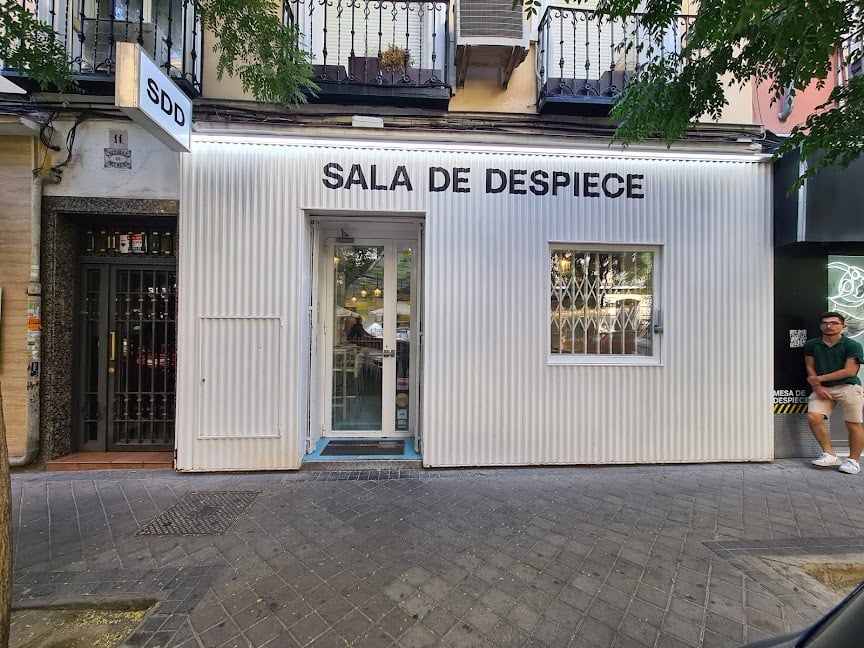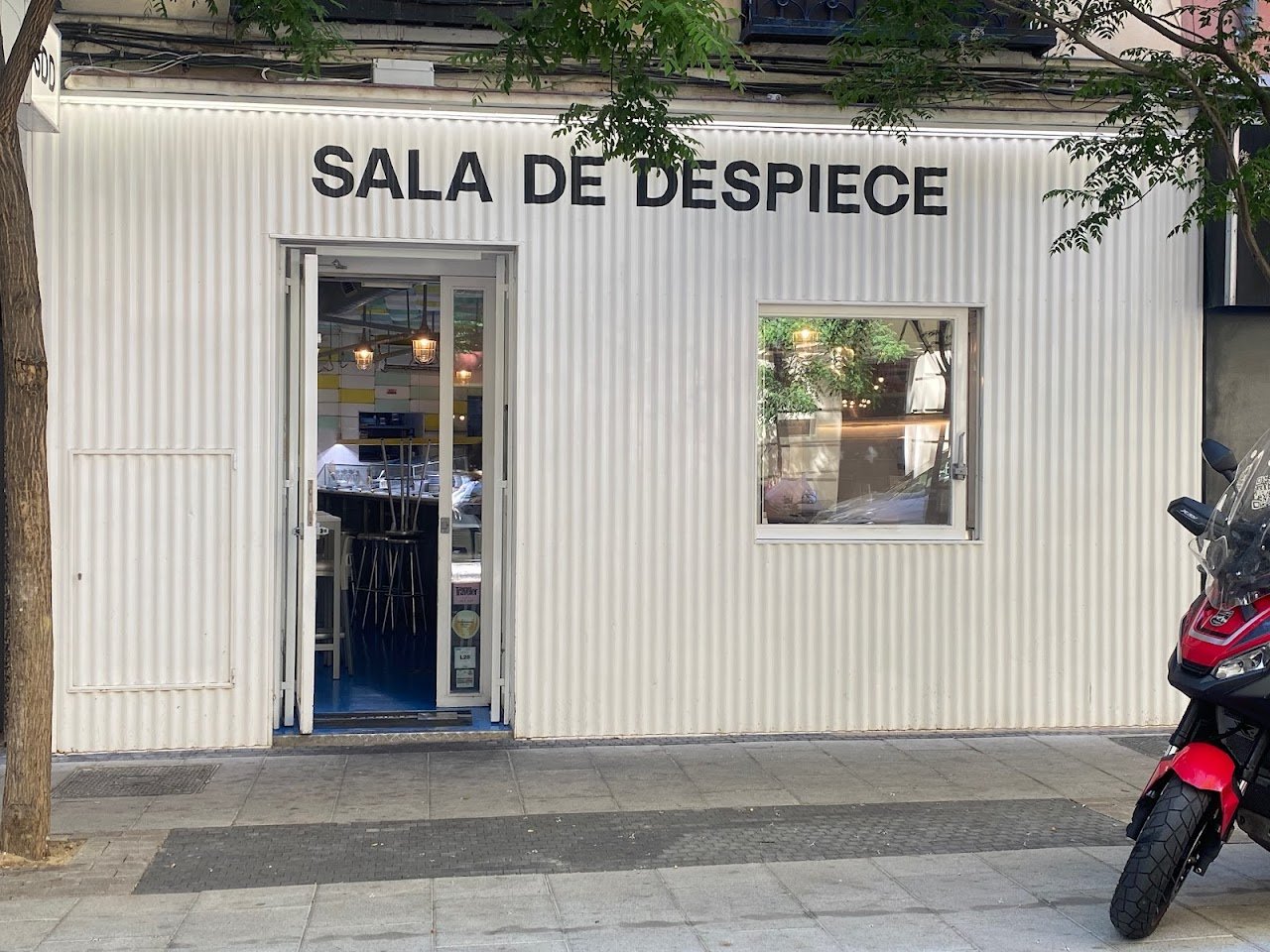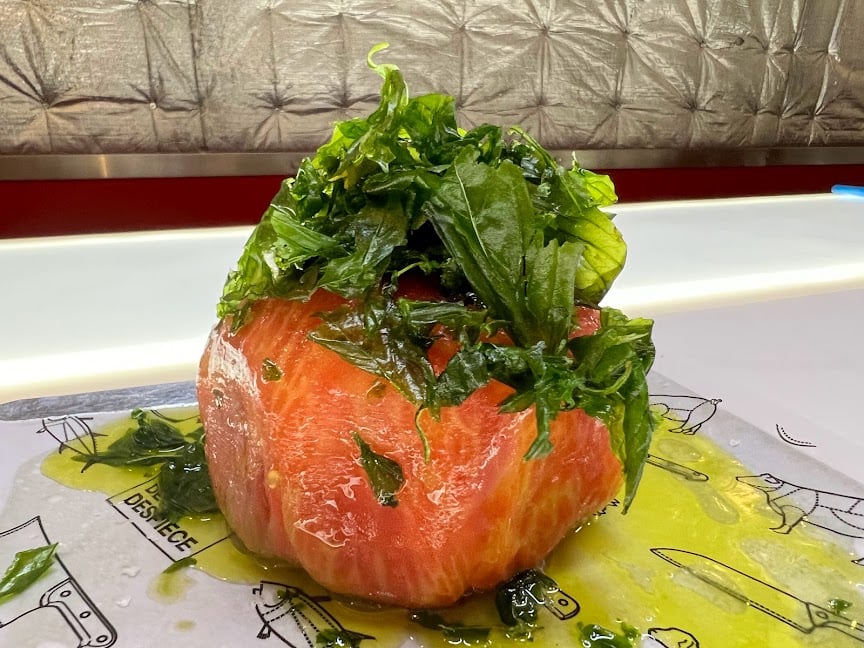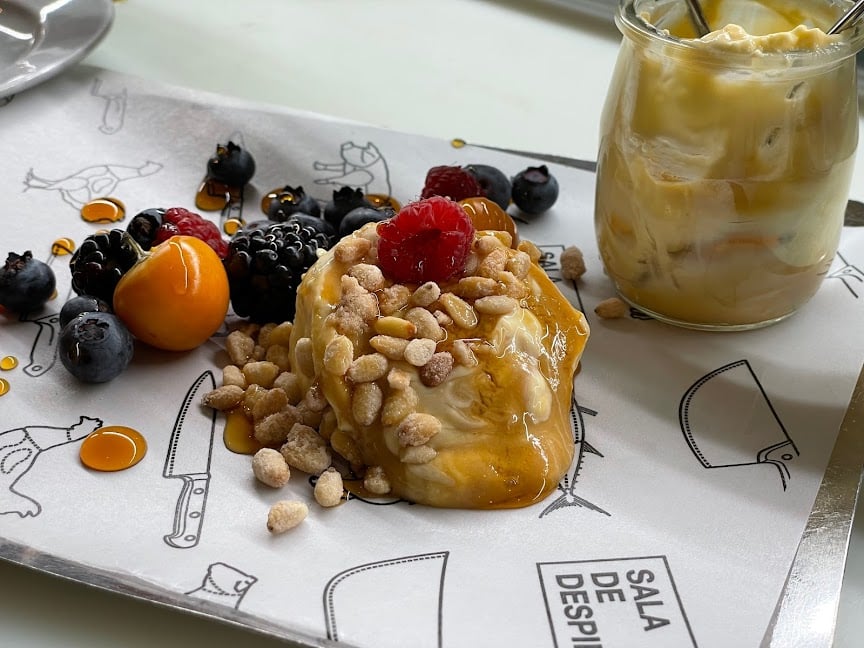Sala de Despiece





About Sala de Despiece
Get the inside scoop on Sala de Despiece from local experts, travel creators, and tastemakers. Browse genuine trip notes, Sala de Despiece reviews, photos, travel guides, and itineraries from real travelers and plan your trip with confidence.
What people say
James Blick
"Part tapas, part theatre, and served up by waiters in butcher’s aprons. Sounds terrible, I know. It’s not. The focus here is on the materia prima (i.e. “raw ingredients”, but it sounds better in Spanish) and many dishes are cooked in front of you (often with a blowtorch) while you sit at long communal tables. I usually hate these sorts of places, but I like this one. Get there early – it’s first come first served, and it fills up!"
Aviva Klein
"A laid-back gastronomic experience where the waiters are as involved in the food preperation (right in front of you) as the kitchen is. Very interesting and inventive courses. There are two prix fixe menus (50 euro and 65 euro) available and all items are available a la carte should you want to try a few other items or double up on items in the menu that you found delicios"
Read more in:
Valentina Ruffoni
"Unusual food, unusual preparation, unusual presentation;… delicious all without breaking the bank. - Catalina"
Read more in:
Mentioned in these guides
Phone
Save this spot for later or start mapping out a new trip today


